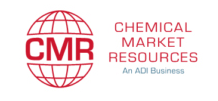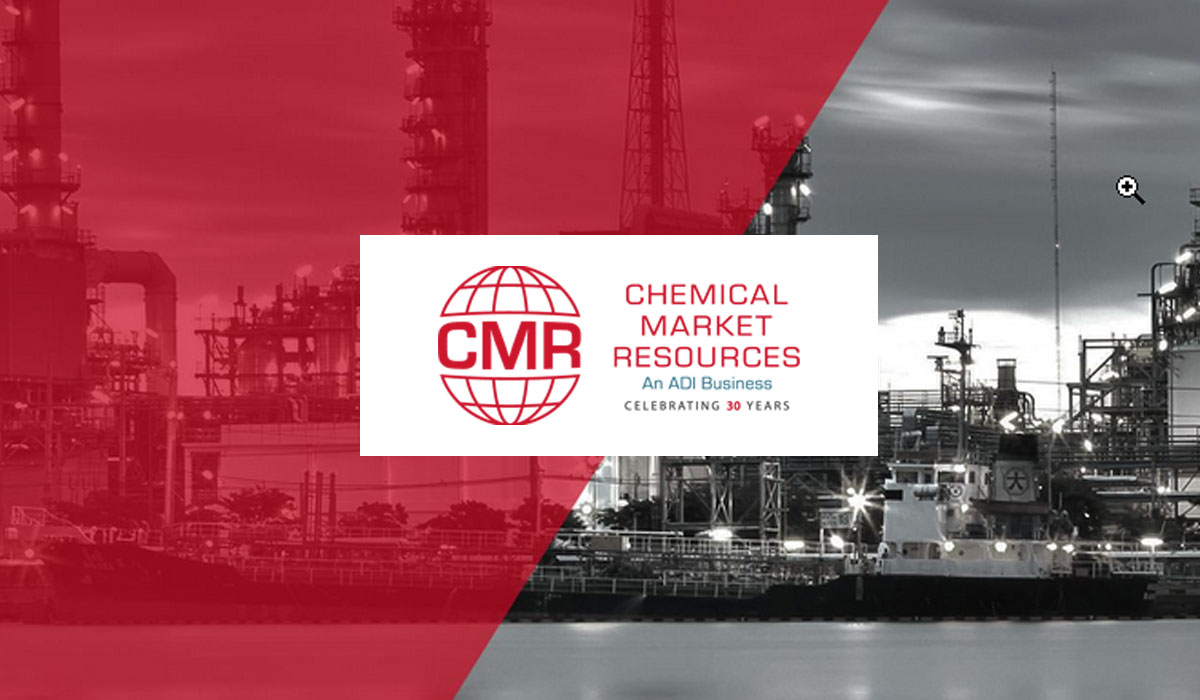ADI Chemical Market Resources Newsletter
April 15, 2017
Chemical Industry Summary After trading in a stable range of US$5/Bbl. for several months, the last week has seen global crude oil prices soften roughly 10% with WTI prices now trading belowUS$48/Bbl. The current weakness of pricing is related to recent inventory and production data that have cast doubt on the potential for global crude…
Details









